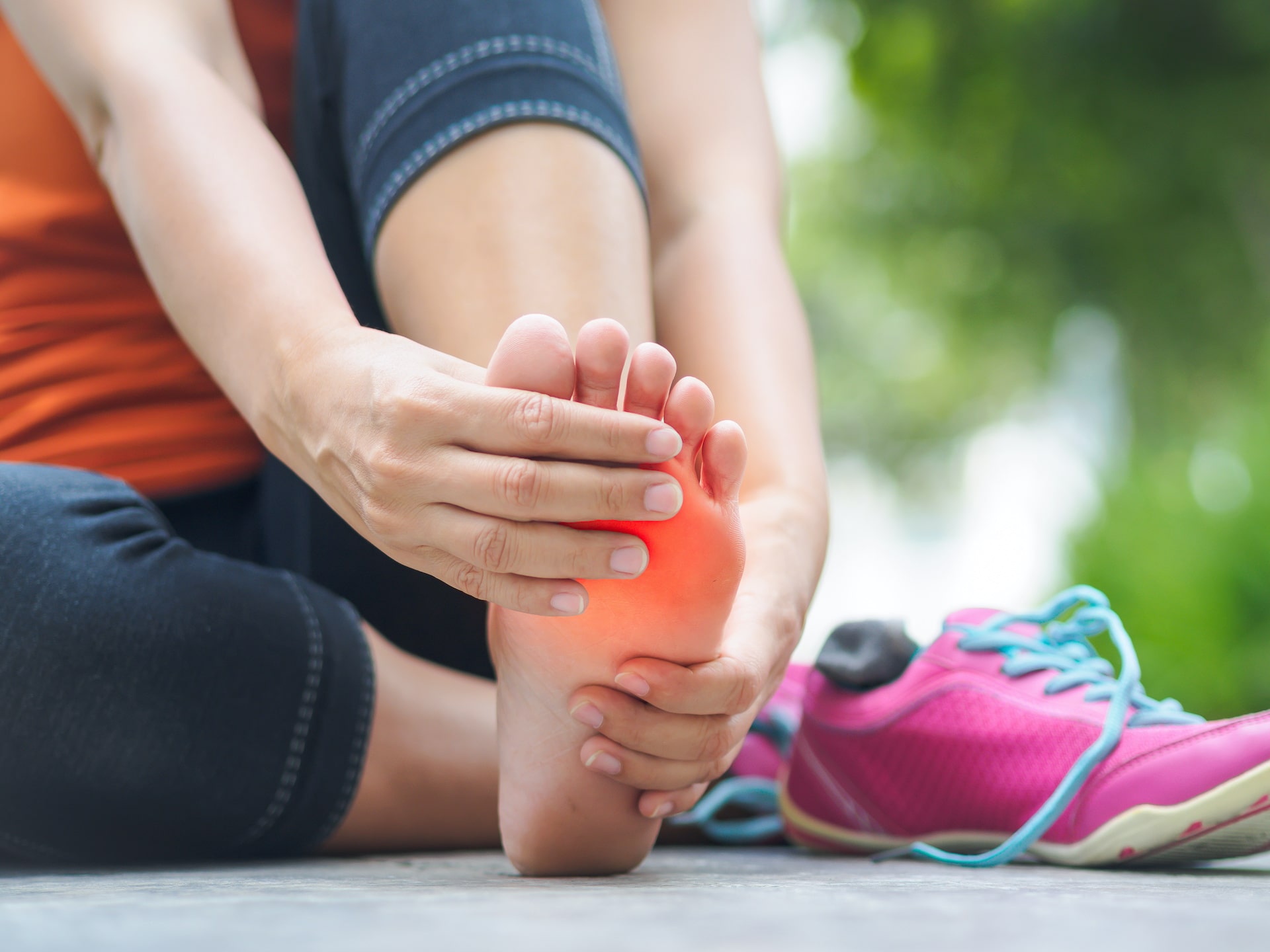What is the difference between calluses and corns?
There is a difference between the two, even though they are often listed together. Corns cause more problems and are typically painful when pressed. They most commonly develop on areas that do not bear weight, such as the tops and sides of the toes. Corns are smaller than calluses, and they will be surrounded by inflamed skin.
Calluses, on the other hand, tend not to be painful, so most people do not seek treatment for them. They can be much larger than corns, and they will commonly develop on the soles of the feet or palms of the hands.
What causes calluses and corns?
Calluses and corns develop as the skin protects itself from excessive friction and pressure. This could be due to ill-fitting shoes, walking around barefoot, or other problems. Shoes that are too tight, especially high heels, cause compression around the foot, which can lead to the development of calluses or corns. Loose shoes can also cause problems, as they will continually rub against your foot. Not wearing socks or wearing ill-fitting socks could also cause problematic friction. Calluses on the hands are typically caused by using hand tools, playing instruments, or other actions that continually put pressure on the hands.
Not simply a skin problem
Although calluses and corns primarily present themselves as thick, hardened layers of skin, they are not just a skin problem. Having certain issues with the bones of your feet increases your risk of developing these problems. According to the Mayo Clinic, the highest risk factors for developing calluses and corns include bunions, hammertoes, bone spurs, and other foot deformities. If bones of your foot are prominent, you are at a higher risk of rubbing against your shoe, causing repeated friction that leads to your skin developing calluses and corns to protect itself.
What are the best treatment options?
For most people, calluses and corns do not cause discomfort or pain, which means they do not need any treatment. Typically, removing the cause of the problem will cause them to disappear over
For those who require treatment, several options are available. Podiatrists can trim away the
If your corns or calluses are caused by some foot deformity, your doctor will prescribe specialized shoe inserts or perform surgery to correct the bone alignment. Those with diabetes are at greater risk of complications, due to poor blood flow to the feet. According to Medline Plus, complications could include ulcers or infections requiring additional medical attention.
If you are in need of treatment for your painful corns, calluses, or other foot problems, request an appointment with Kansas City Foot Specialists today.



